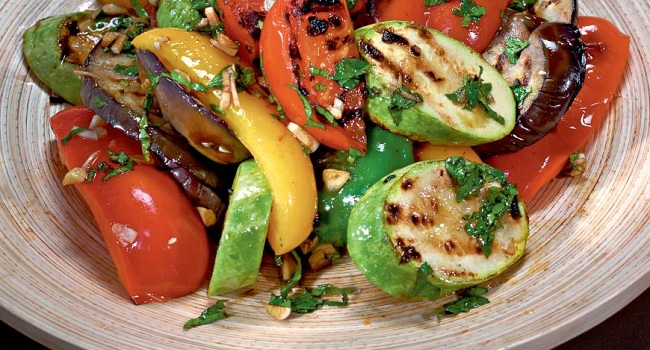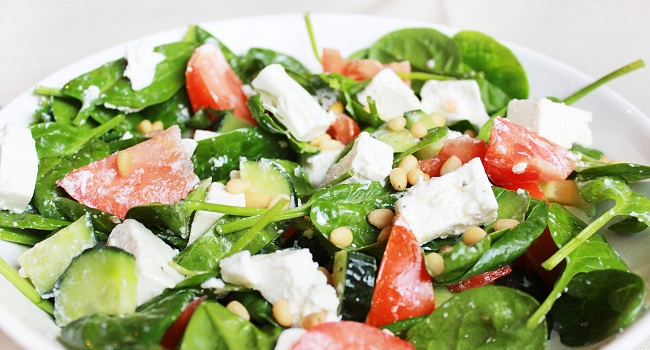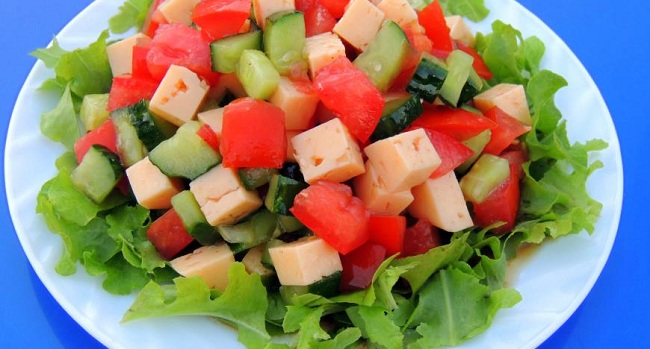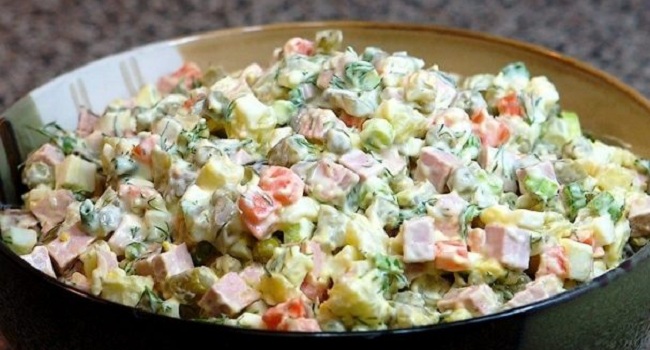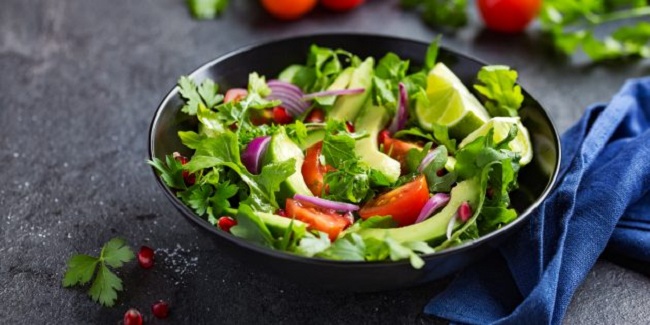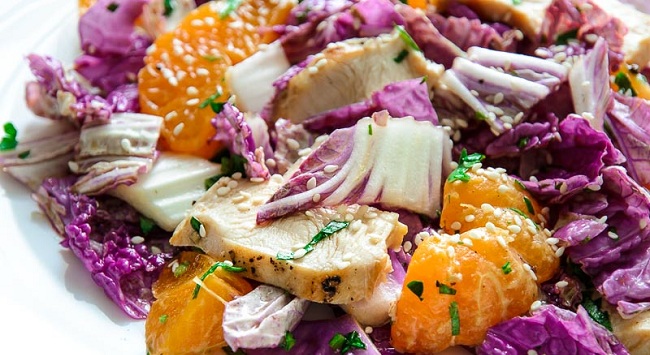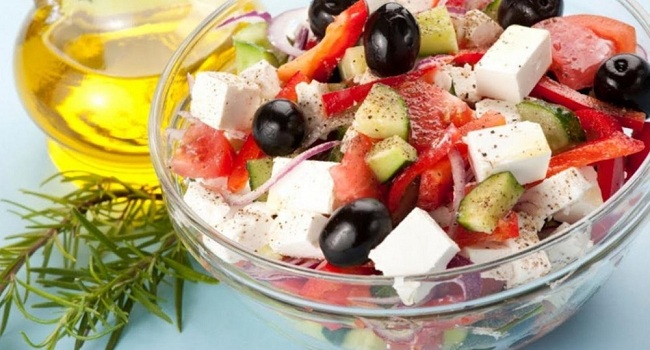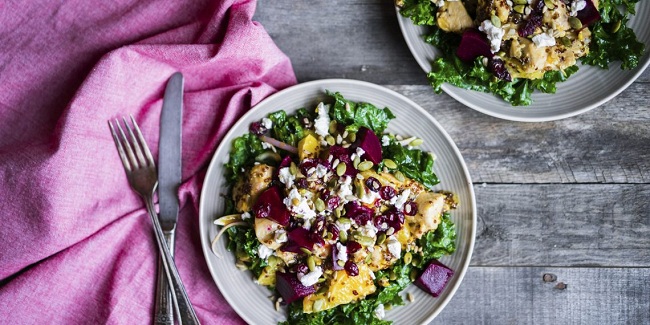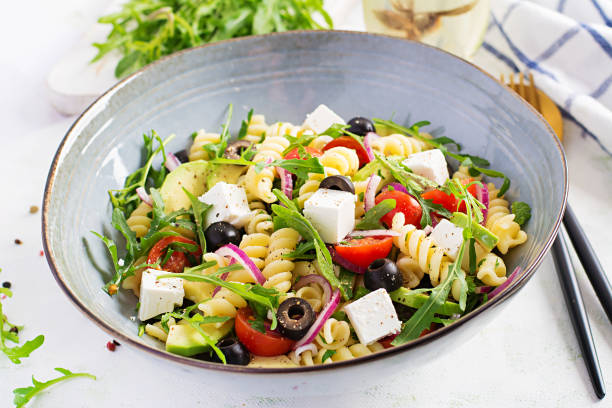Grandma’s mason jar is celebrating its renaissance as a container for “Mason Jar Salad”. The salad from the jar not only looks good but is also good as a healthy and wholesome lunchtime meal. We’ve rounded up the best Mason Jar combos for you.
“Today I’ll eat a nice fresh salad for lunch” – how often do we start the new working week with this resolution? A new trend from the USA upgrades the salad prepared at home to a small work of art: you are sure to get envious looks when you pull your salad, layered in many bright colors, out of your bag or backpack in a screw-top jar.
The use of a high screw-top jar not only has aesthetic but also practical advantages: All components can be transported together in one container without the green salad becoming limp; because the dressing stays at the bottom of the glass.
How to make your own Mason Jar Salad
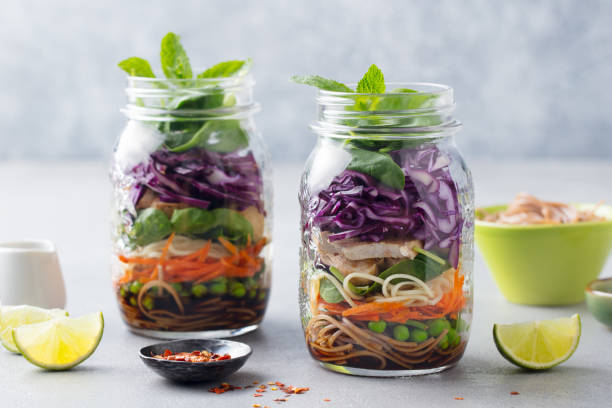
The secret to making a salad in a jar that’s pretty and crunchy is layering it right: First, add the dressing to the jar. Then follow all the components that are cut a little coarser, for example, pasta, tofu, potatoes, or chicken. Next, layer chopped nuts, chia seeds, berries, or seeds in the jar. Finally, embed lettuce and sprouts. Screw the lid on tightly and the healthy, homemade lunch is ready!
The highlight of this layering: Now open the glass and put the contents on a plate or in a bowl, the green salad forms the basis and the dressing can be easily spread over all the ingredients.
Three great Mason Jar Salad combos
1. The Hearty: Spinach and Bacon Salad
The building blocks
- bacon
- hard-boiled eggs
- mushrooms
- Red onions
- baby spinach
- Dressing of your choice (we recommend a light mayonnaise dressing)
The preparation
Fry the bacon slices in a pan without fat until golden brown, and drain on kitchen paper. Let cool and cut into bite-sized pieces. Peel the eggs and cut them into not too thin slices. Halve and thinly slice the onions. Roughly dice the mushrooms. Sort the baby spinach, wash thoroughly and spin dry. Prepare the mayonnaise according to the recipe and first pour it into the screw-top jar, then add the eggs and onions. This is followed by the mushrooms, the bacon, and the baby spinach.
2. The Trendy: Kale and Chickpea Salad
The building blocks
- fresh kale washed, de-stemmed, and finely shredded
- Canned chickpeas
- dried cranberries
- coarsely grated Parmesan
- to taste fried tofu or chicken
- vinaigrette
The preparation
Start with the dressing and then layer the coarser ingredients in the screw-top jar. The conclusion is formed by the cranberries, the kale, and the parmesan.
3. The hot one: carrot “noodle” salad with chili sauce
building blocks
- chili dressing
- carrots cut into thin strips
- paprika
- roasted and cut into small cubes, roasted cashew nuts
- toasted sesame seeds
- Salad of your choice
The preparation
First, put the chili dressing in the glass, then the carrots and the pieces of pepper. Layer the cashew nuts and sesame seeds on top. The finale is the fresh salad.
Our conclusion
The great thing about Mason Jar Salad: There are no limits to your imagination. You can combine ingredients according to your mood and conjure up your colorful, individual lunch. Have fun experimenting!
